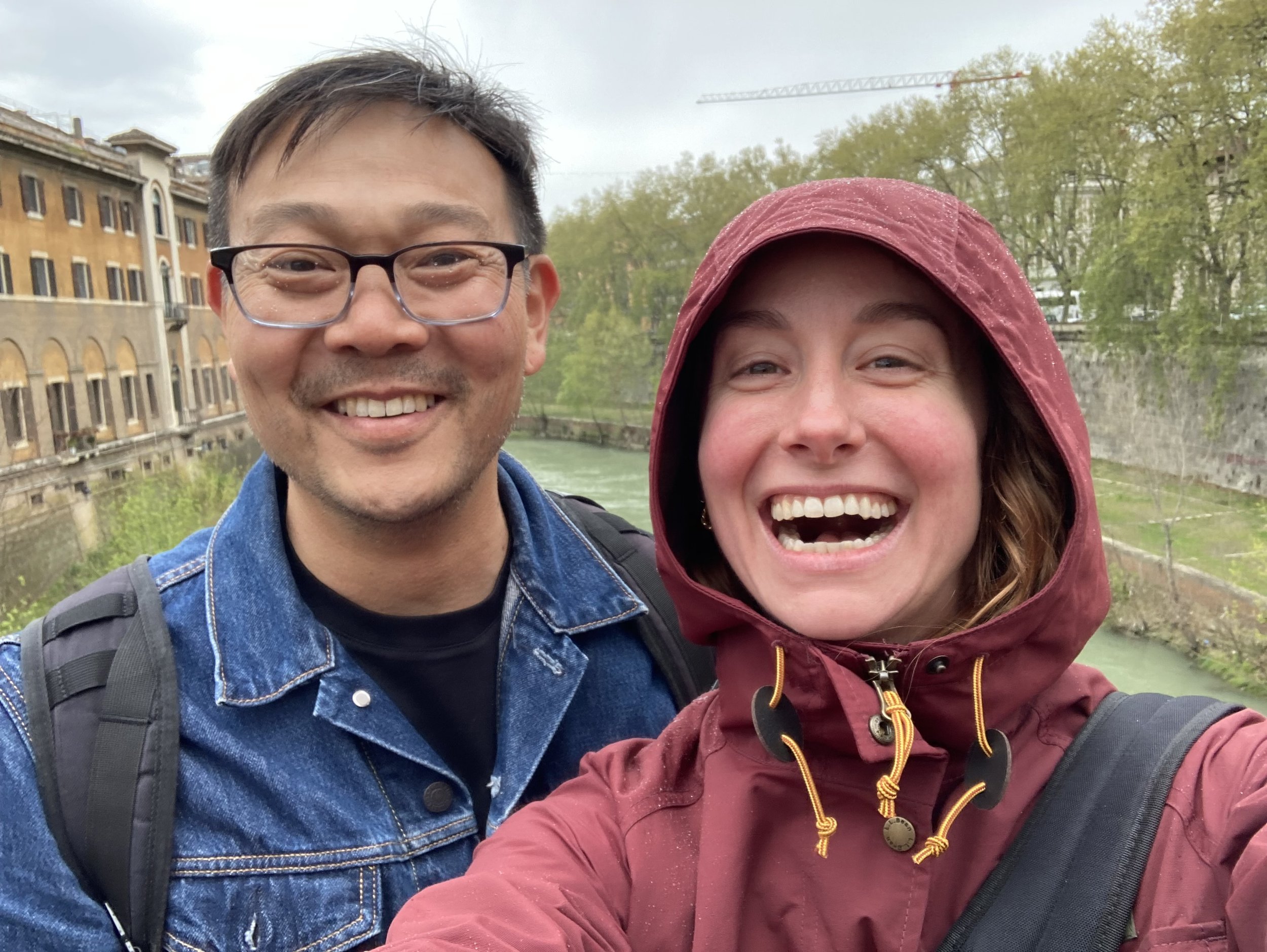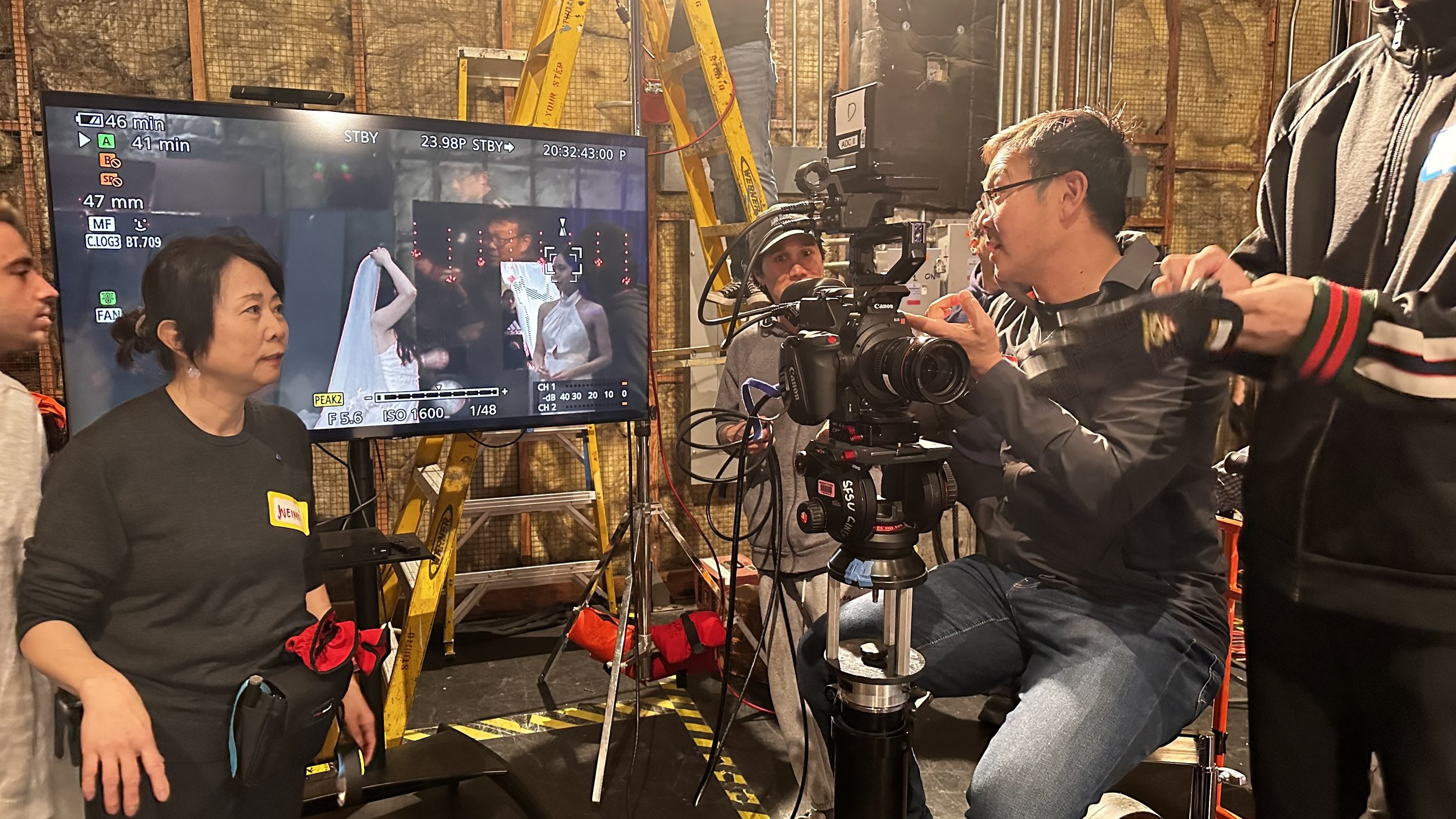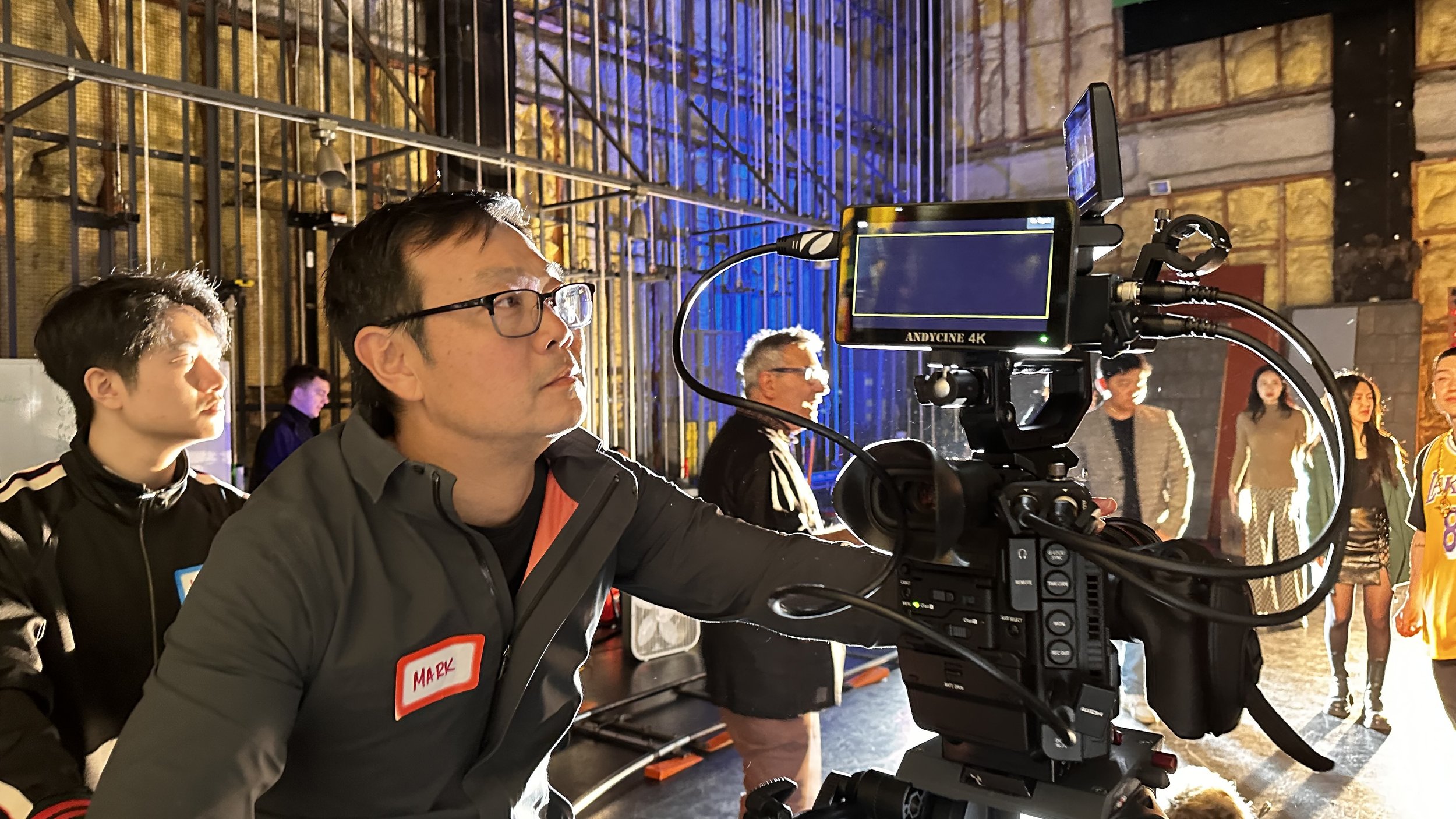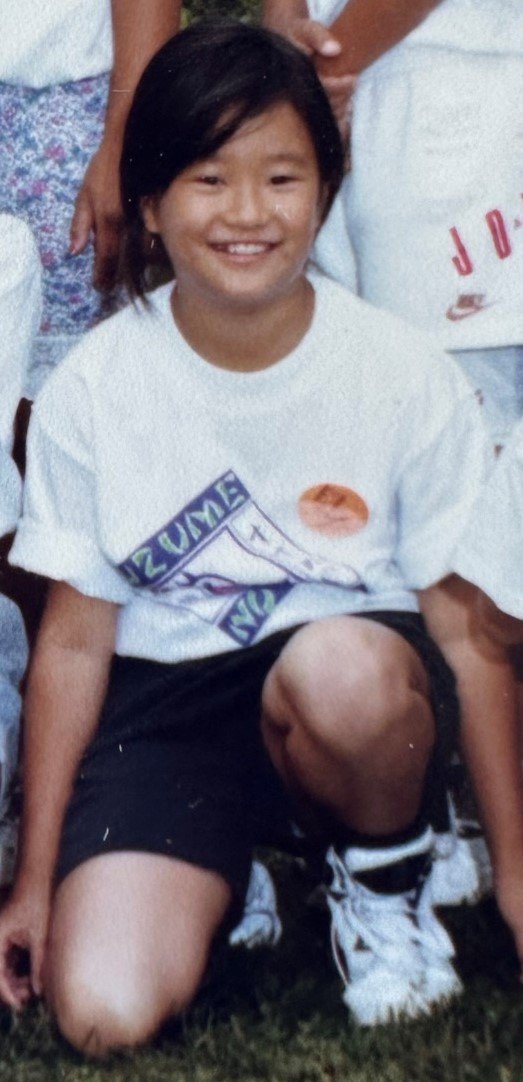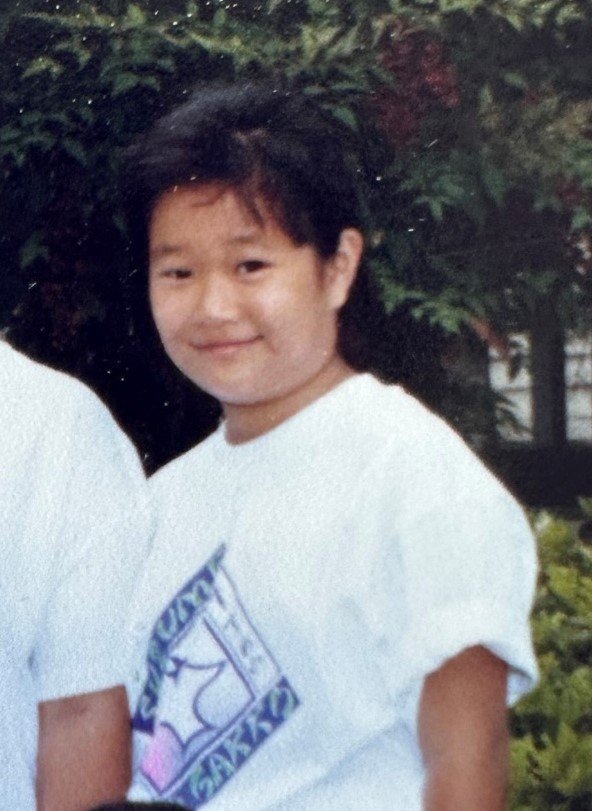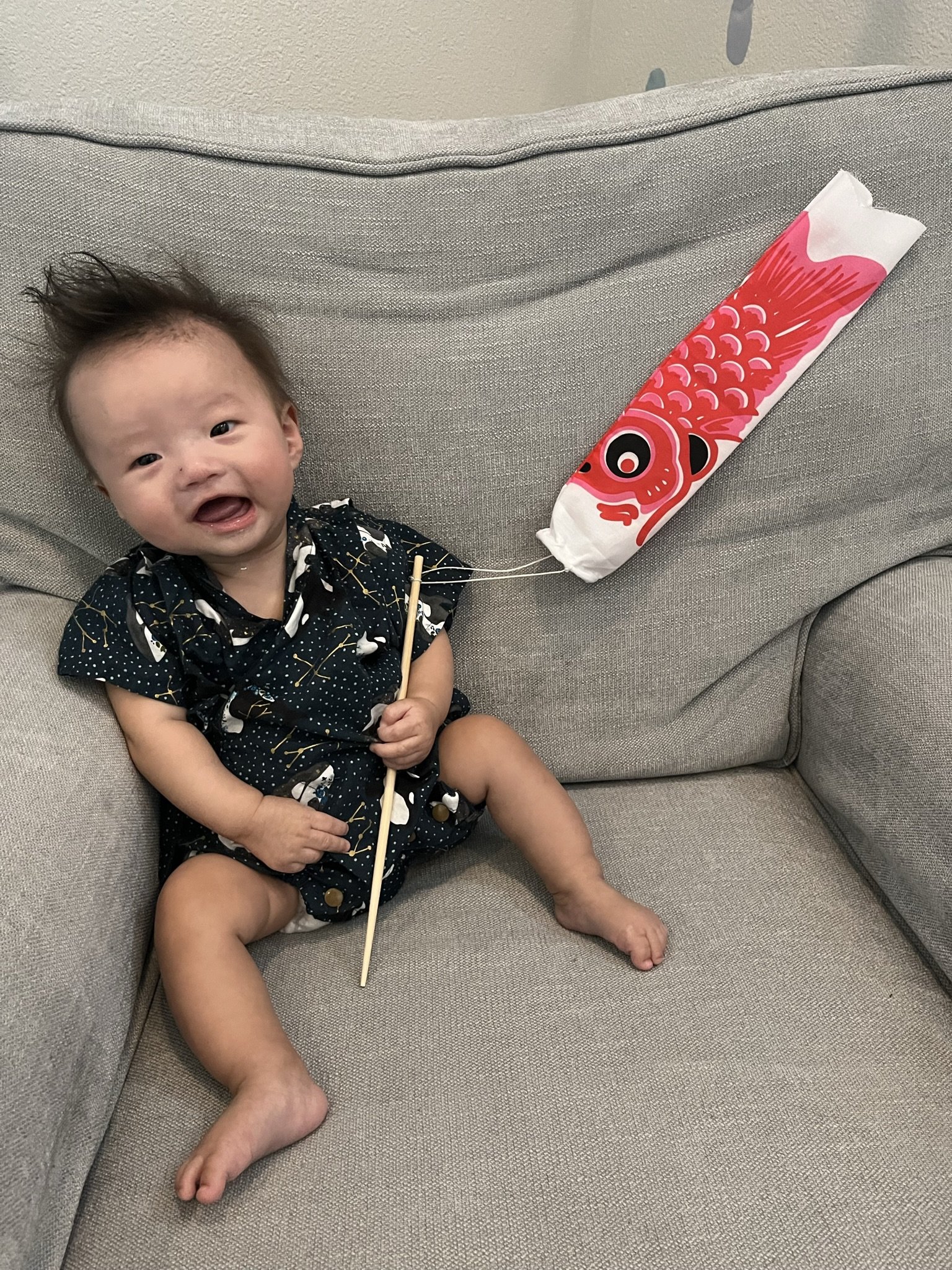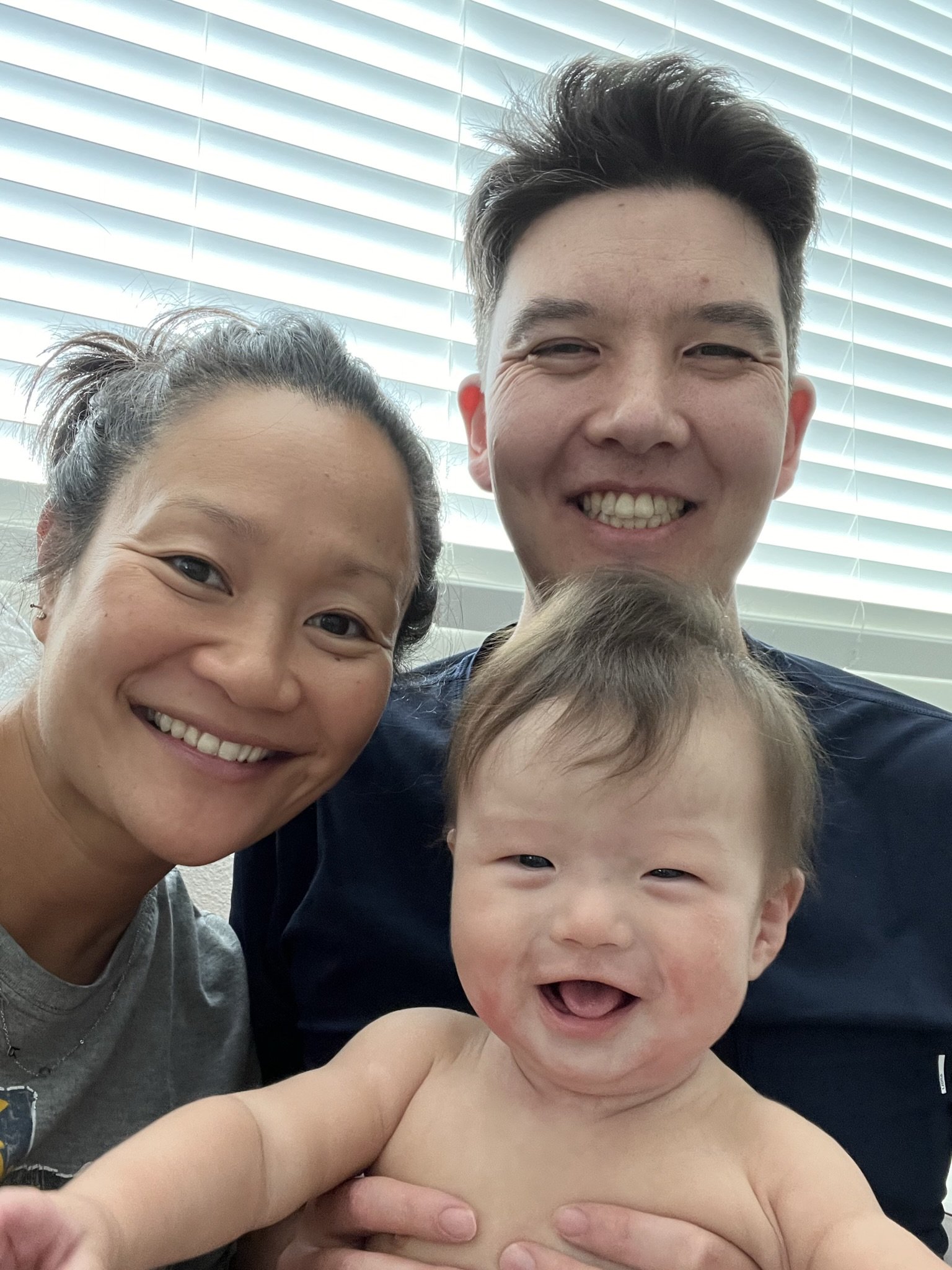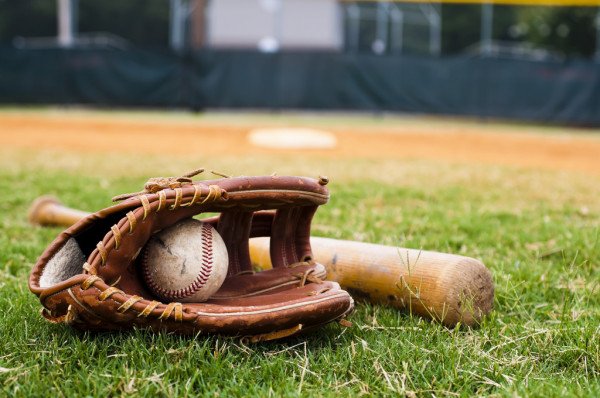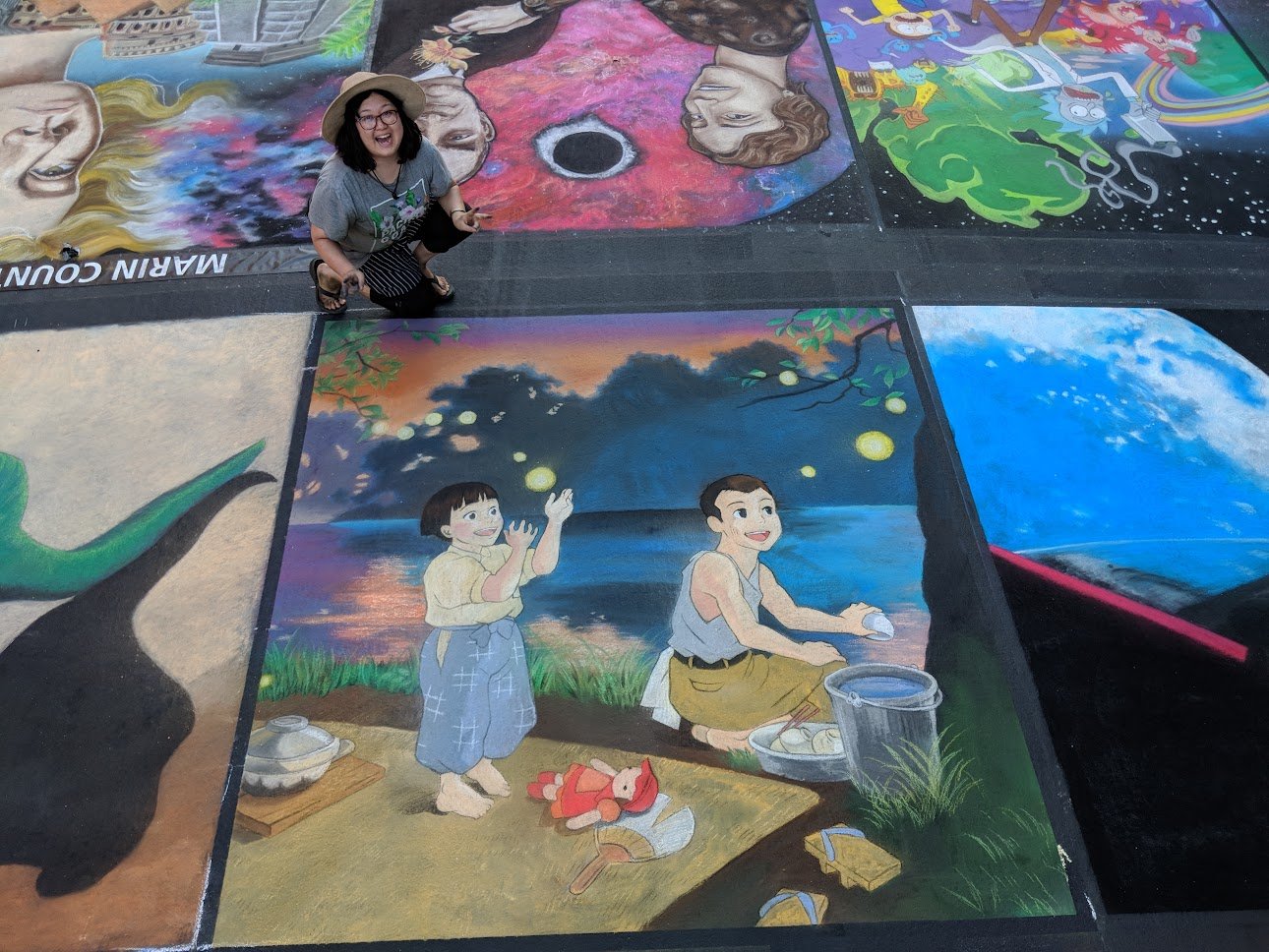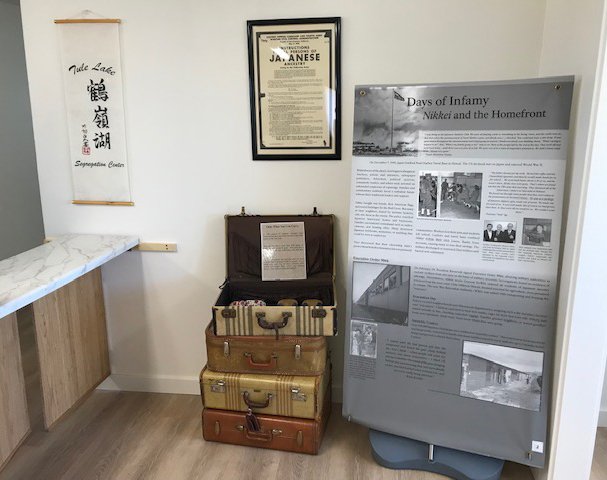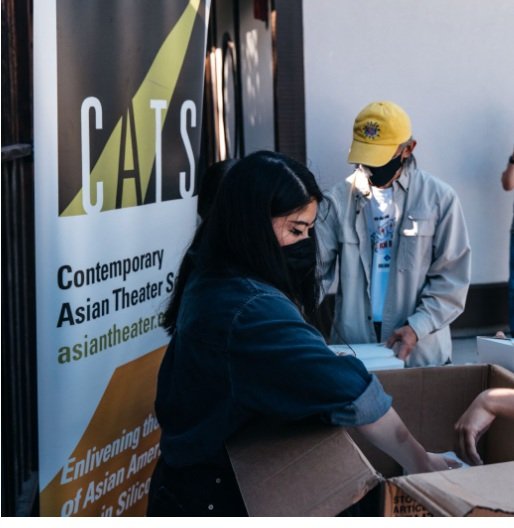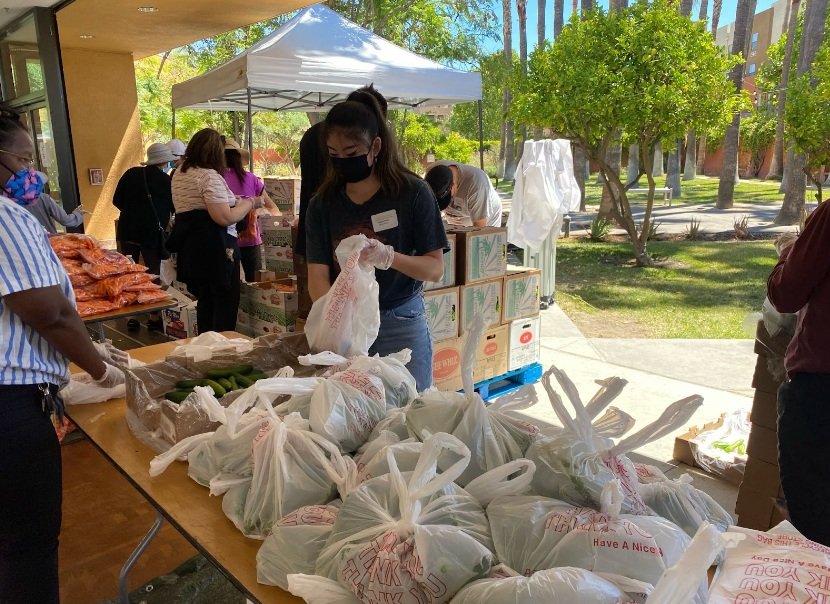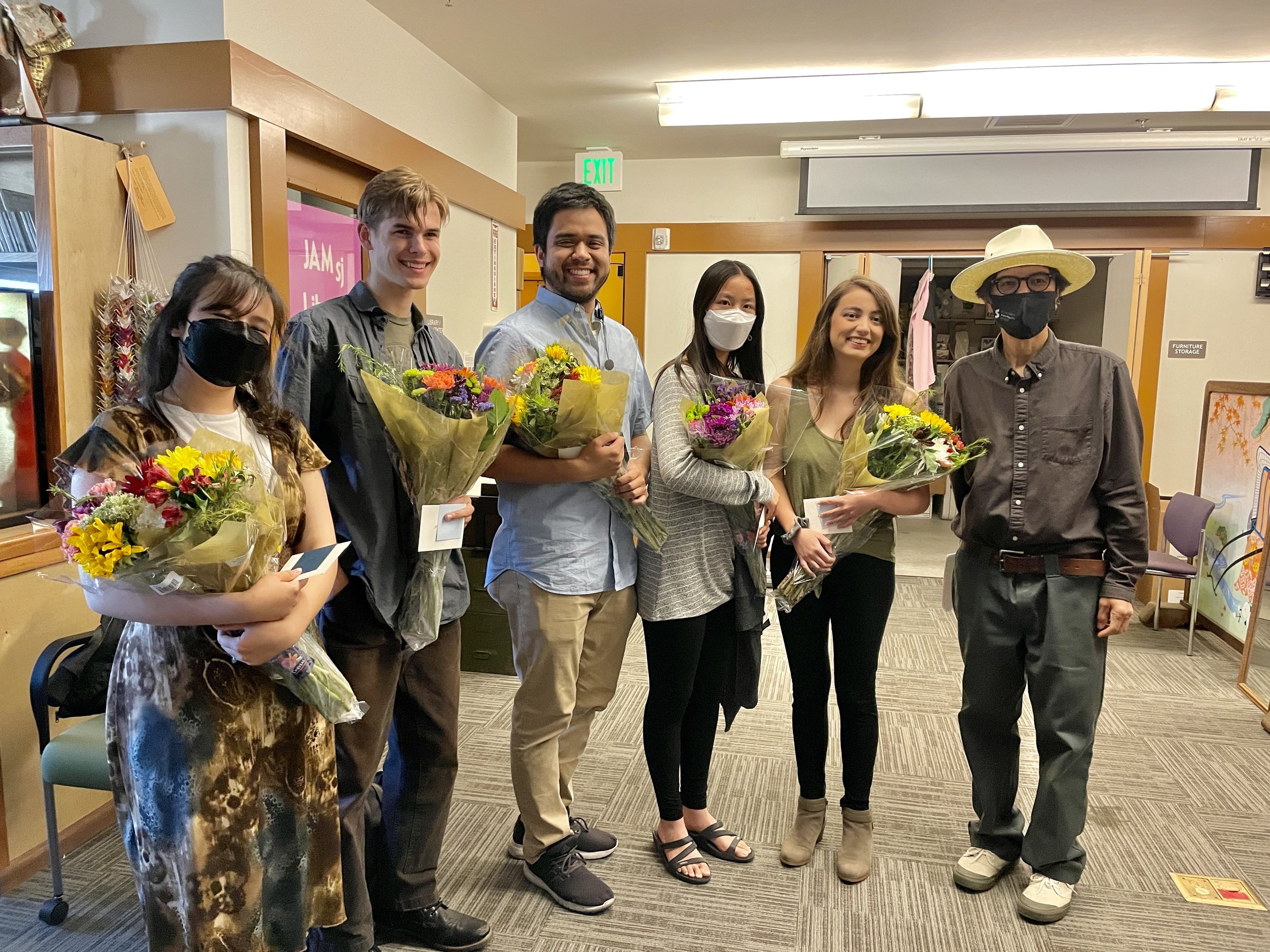“Nikkei in San Jose” is a blog series by volunteer and writer, Judith Ichisaka and published by JAMsj. Through research and interviews, Judith explores the diversity of the Japanese diaspora here within San Jose, both through a historical and personal lens. This article explores the experience of Nikkei Brazilians through Judith’s research and interview with U.S. Olympian Tania Chie Swain and summarizes Judith’s learnings and experiences over the series!
Nikkei in San Jose: Japanese Americans in Hawai'i
“Nikkei in San Jose” is a blog series by volunteer and writer, Judith Ichisaka and published by JAMsj. Through research and interviews, Judith explores the diversity of the Japanese diaspora here within San Jose, both through a historical and personal lens. This article explores the experience of Japanese Americans in Hawai’i through Judith’s research and interview with JAMsj Board Member Aaron Ushiro.
Discoveries from the JAMsj Cataloging Project
The following two short articles were written by our two hardworking interns from Santa Clara University, Colin and Alex. As interns,
they are doing the crucial work of cataloging all the artifacts that are within the museum. This means creating records, researching, and in some cases restoring objects that are held within the museum.
Read on to learn about what they discovered about the history of baseball in San Jose Japantown, and the significance of sake and sake production companies in the Japanese-American community.
Nikkei in San Jose: Japanese Peruvian
“Nikkei in San Jose” is a blog series by volunteer and writer, Judith Ichisaka and published by JAMsj. Through research and interviews, Judith explores the diversity of the Japanese diaspora here within San Jose, both through a historical and personal lens. This article explores the Japanese Peruvian experience through Judith’s research and interview with activist/community member Bekki Shibayama.
Nikkei in San Jose: Japanese Canadian
“Nikkei in San Jose” is a blog series by volunteer and writer, Judith Ichisaka and published by JAMsj. Through research and interviews, Judith explores the diversity of the Japanese diaspora here within San Jose, both through a historical and personal lens. This article explores the Japanese Canadian experience through Judith’s research and interview with San Jose Taiko’s Yurika Chiba.
Nikkei in San Jose: Meet Judith
“Nikkei in San Jose” is a blog series by volunteer and writer, Judith Ichisaka and published by JAMsj. Through research and interviews, Judith explores the diversity of the Japanese diaspora here within San Jose, both through a historical and personal lens. This article introduces Judith and her experiences that led to this project.
Meet Denise Matsuoka
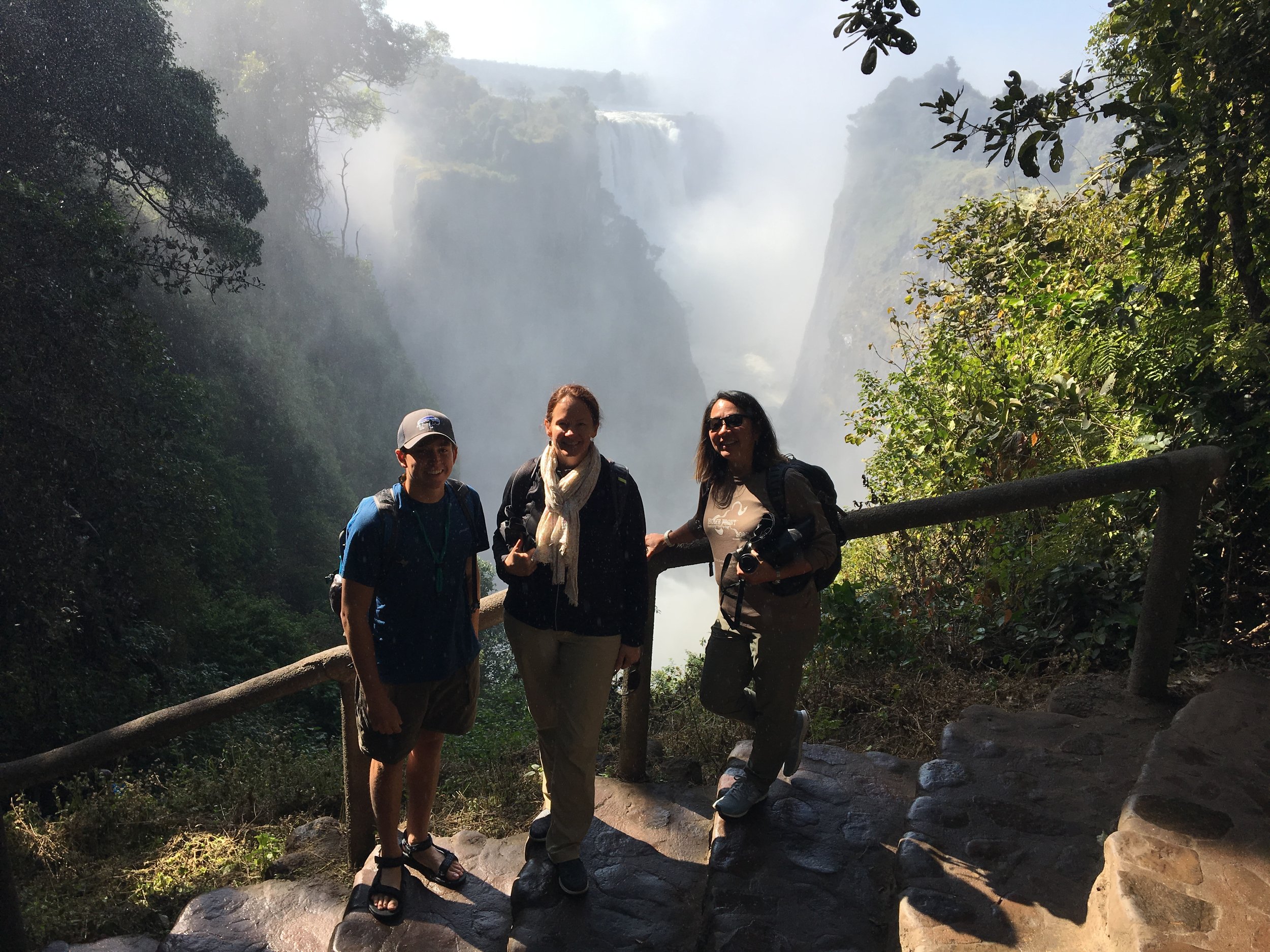
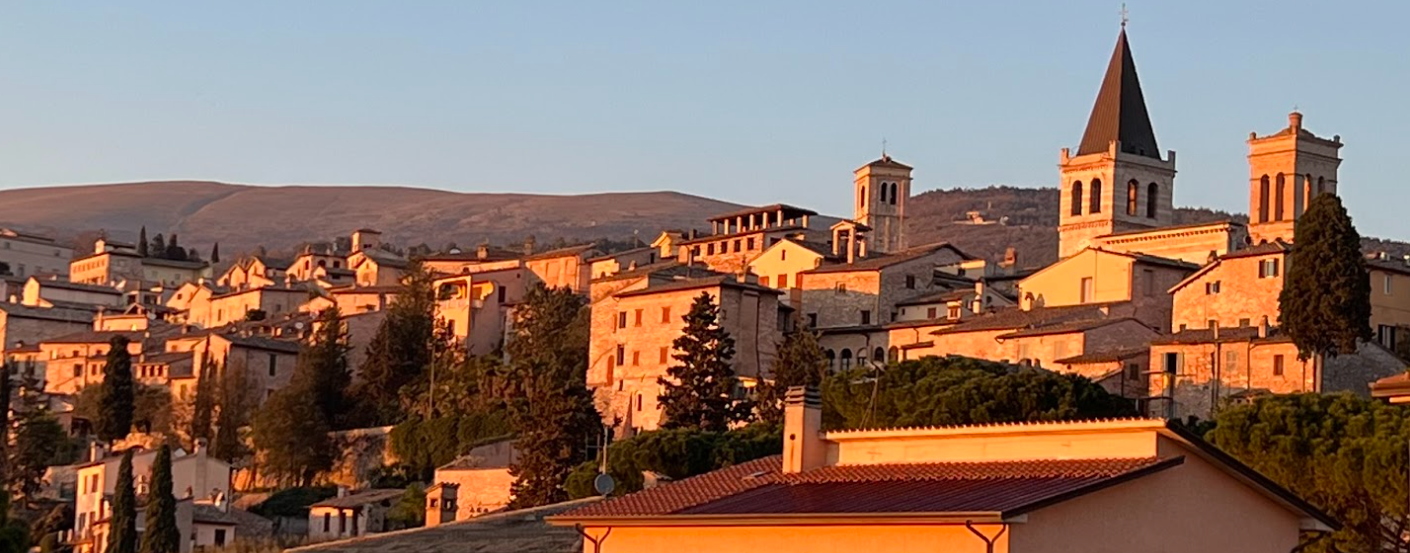
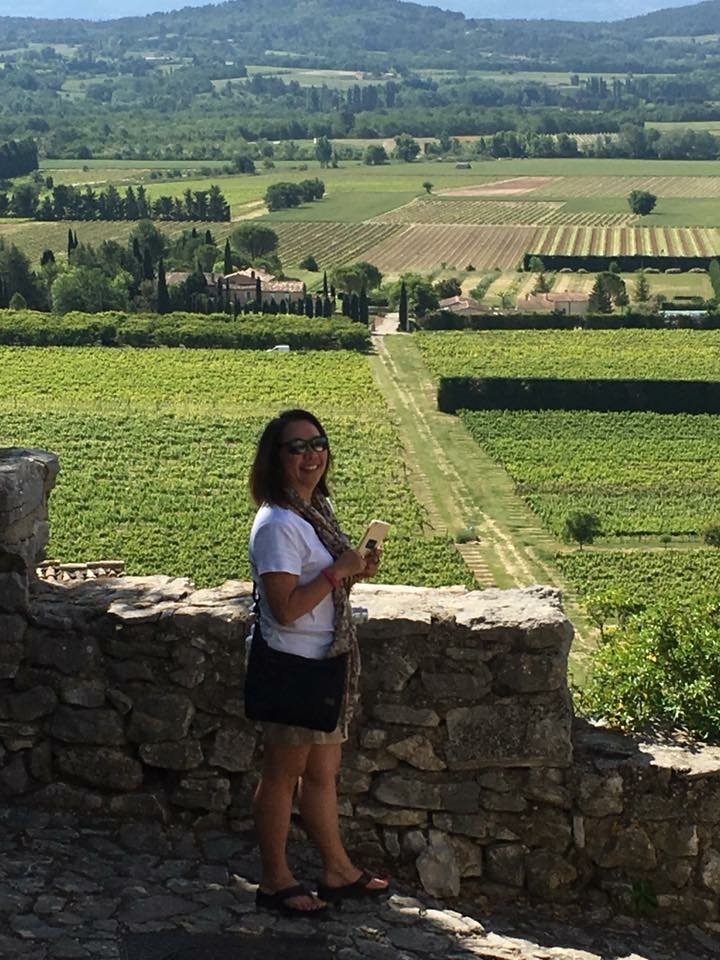
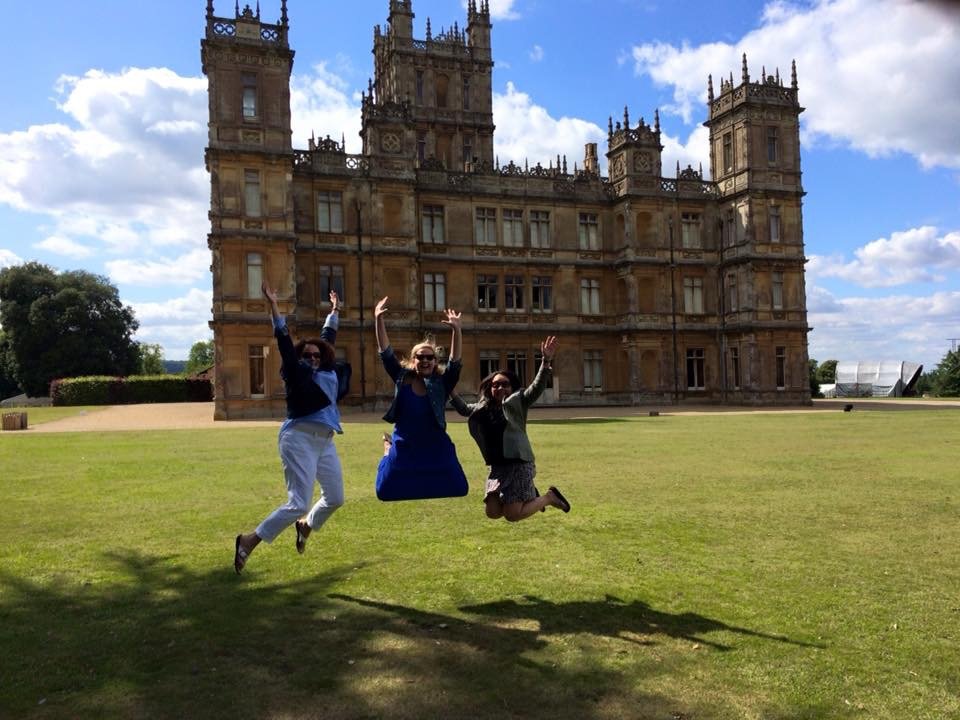
"I love to travel. I recently purchased a small flat in Italy with 2 friends. The town has medieval and Roman roots and our building was originally built in the 1600s. Other favorite destinations have been South Africa, Victoria Falls in Zambia, Highclere Castle (aka Downton Abbey), and Provence in the South of France.
Another passion is visiting (and hiking in) our national parks. My favorite so far: Denali. I'm not afraid of a craft project so when I find time at home I will be attempting to make ornaments, cards, hats, quilts, and whatever Instagram thinks I need to try."
Meet Mark Kuroda
“I am Yonsei. Last September, I was married to Diana. I have two nephews that are so much fun, and hope to have a family of my own soon.
My grandparents were very proud to be Japanese, and that definitely rubbed off on me. Since a very young age, it always felt like home. We would come and visit my Aunties the day after Christmas and it always felt like a homecoming.
I love the Bay Area - the skiing, wine, diverse restaurants, and the Asian population.
I am studying Film at SFSU with hopes of changing the ways that Asian people are depicted in the media. I love cycling, enjoy running, and swimming too, but played Baseball until college, as a 2nd baseman. I’ve always enjoyed automobiles, and love driving on the local Bay Area race tracks. Thunderhill being my favorite.”
Meet Lori Kozen

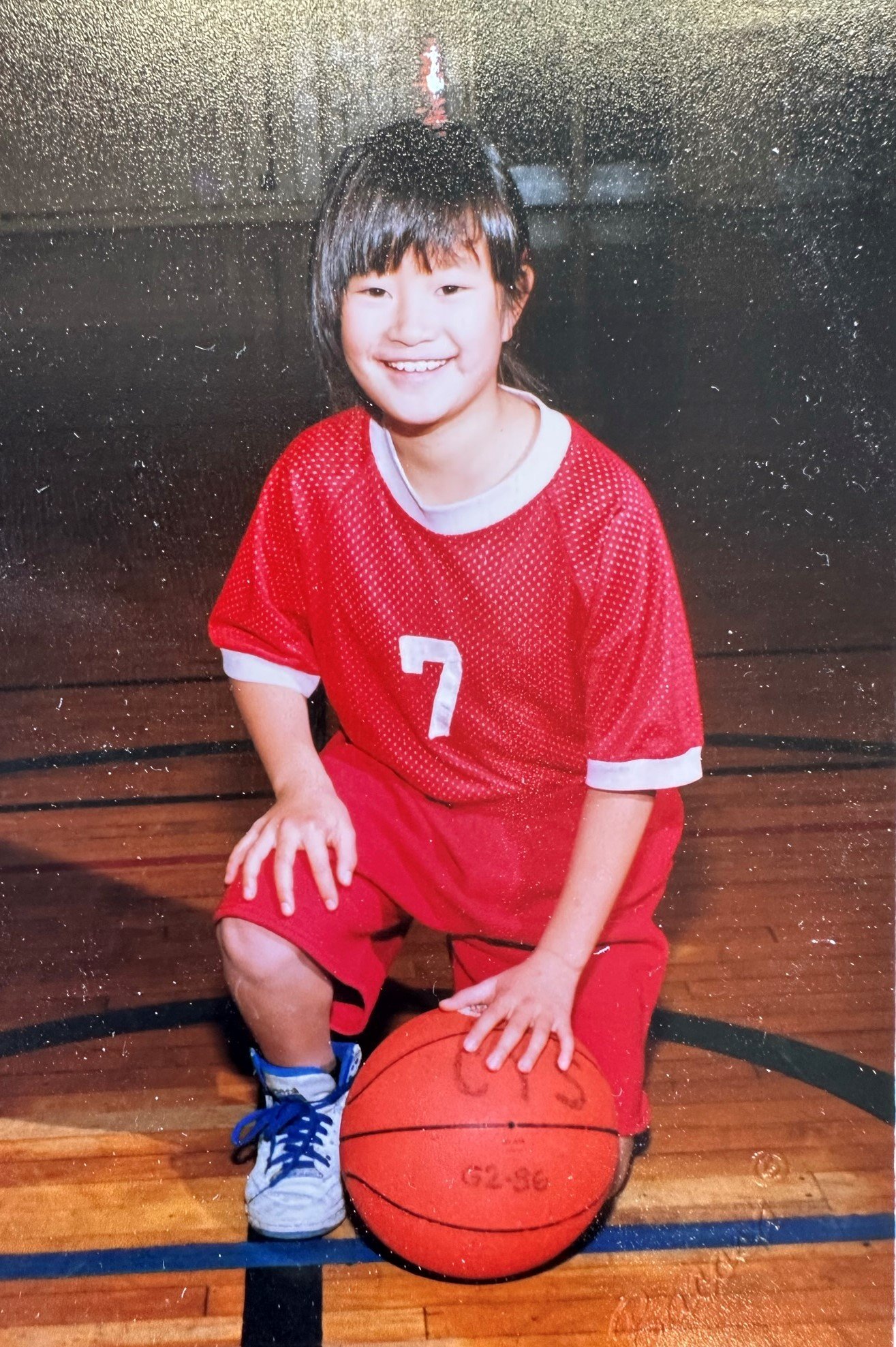
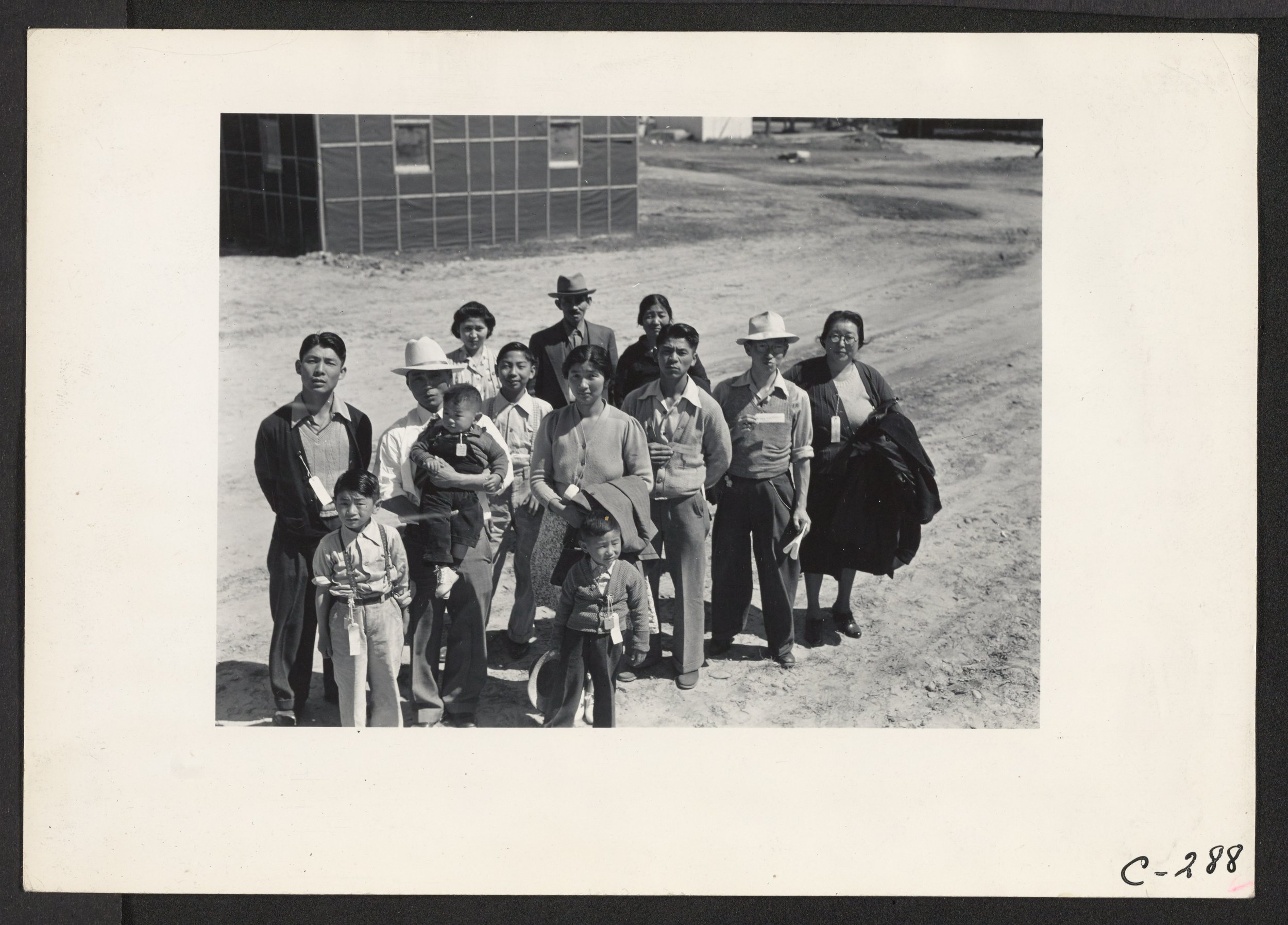
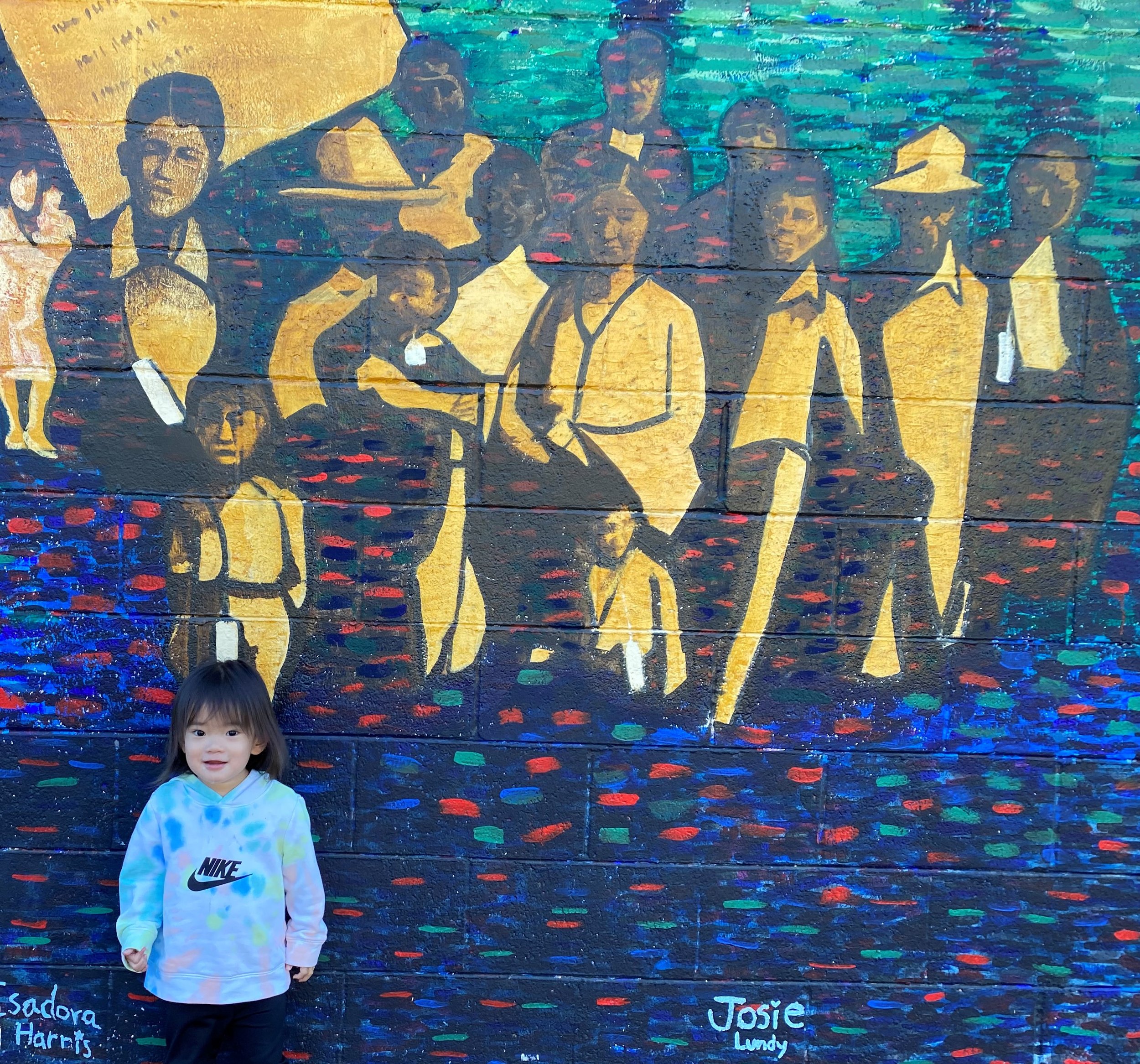
Lori is currently a Managing Director in KPMG LLP’s Technology, Media and Telecommunications (TMT) practice in their Silicon Valley office. She is currently participating in a Professional Practice Rotational Program with the KPMG National office. She has more than eighteen years of experience providing services related to financial statement audits, audit of internal controls, and financial reporting. She holds a B.S. in Business Administration from UC Berkeley.
Outside of the office, Lori and her husband Joji Maekawa enjoy spending time with their 3-year-old daughter, Blake, and French bulldog, Sumo. Blake currently attends Lotus Pre-school within San Jose’s Japantown. Lori is an avid sports fan (49ers, GSW, Giants/A’s), fantasy football and survivor league player, snowboarding. As a family, she enjoys camping and traveling (been to all 7 continents).
As the descendant of Japanese American immigrant farm workers and the granddaughter and daughter of family members that were incarcerated during the war, Lori has embraced this opportunity to get more involved with the museum. Further, as a mother of a Gosei daughter, she values the mission of the museum to preserve and share Japanese American history, culture, and art for future generations and to others more broadly. Lastly, as an alumni of the Suzume no Gakko and CYS programs she wants to give back to the same community that helped in her early development. Lori is looking forward to bringing her perspectives and professional skill sets to the Board while expanding the vision and mission for the museum.
Meet Kristina Kozen
Kristina has a 13 month old son, Klayton Shigeru Hines Kozen. Outside of work and spending time with her family, she enjoys hiking, trips to Tahoe, playing in an adult volleyball league, swimming, being outside, and rooting on her Bay Area sports teams.
Kristina is a fourth-generation Japanese American, both her parents grew up in the Japanese American internment camps during World War II (Topaz and Gila River). Kristina grew up with ties to SJ Japantown, having attended Sunday School at Wesley Methodist as a child, attending Suzeme No Gakko, and playing CYS sport (baseball, volleyball, and basketball). At UC Berkeley she was involved in the Nikkei Student Union (where she met Vanessa Hatekyama, Museum Operations Manager).
Having moved back to the Bay Area 5 years ago, navigating the pandemic, being closer to family, and starting a family of her own has helped to renew her passion to preserve and share the Japanese American history and culture, especially for her Japanese American “Gosei” son and the younger generations.
Meet Carolyn Brown
In November 2022 Carolyn retired from a career in health care that spanned 51 years and included roles as a critical care nurse, executive leader, and educator.
Carolyn is looking forward to spending more time with her husband, two sons, one who lives in Sunnyvale and the other in Los Angeles, and her two cats. She loves going to the movies. This year she is planning to visit Hawaii and Heart Mountain, Wyoming.
Carolyn is very excited about working with JAMsj, reconnecting with the Japanese American community, continuing her work in diversity and equity, and is even planning to learn to speak Japanese.
This picture was taken at the TCL Chinese Theater in Los Angeles when she and her husband Richard attended the premier of Top Gun Maverick.
Japanese American Museum Announces Five New Board Members
Baseball, Manga, and Me
A ball was hit
High into the clouds;
And it fell down into a fielder’s hand.
(Shiki Masaoka, translated by Royichi Suzuki).
When American teacher Horace Wilson introduced baseball to his students in Tokyo a century and a half ago, no one imagined how quickly the game would become popular in Japan. The year 2022 marks the 150th anniversary of the U.S.-Japan Baseball Diplomacy. Baseball has built strong connections between Japan and the US, uniting professional players, students, and Little League players and, of course, the fans from both sides of the Pacific.
The Japanese have always been passionate about baseball. They played baseball in Yokohama with American sailors in the 1890s and then in Hawaii where the first Issei moved. They created teams in California, Oregon, and Washington. These teams traveled to Japan and invited Japanese teams to the US for games. Since 1905 when the Waseda University baseball team toured to America, both countries have regularly extended and accepted invitations from each other.
The San Jose Asahi baseball team was the first team in SJ Japantown. The team’s success was possible because of the community’s warm support. In 1925 the San Jose Asahi team traveled to Japan where they played against Meiji University, Waseda University, Keio University, and Todai University. After that the team joined the Northern California Japanese Baseball League. (It's really interesting that Asahi was one of the most popular names for Japanese American teams at that time. What was that, if not the “dawn” of Japanese American baseball?) If you would like to learn more about baseball in San Jose Japantown, I recommend you read the book “From Asahi to Zebras” by Ralph M. Pearce. It is a great book with rare photos and interviews with team members.
During World War II baseball became a real salvation for those in the internment camps; in difficult times it gave hope to everyone, young and old and was something to look forward to in the bleak camp life. After the war, as the Japanese Americans rebuilt their lives from scratch, they did not lose their passion and enthusiasm for their favorite game.
Today baseball has become a symbol of the history of Japanese-American relations. Sport unites people, helps to build community and preserve the memory of ancestors.
Baseball was not so popular in the country where I was born, so I did not watch baseball games growing up, but I read lots of manga! I was really surprised when I found a baseball manga “Sportsman Kintarou” in an old issue of “Shuukan Shounen Sunday”(1959). The history of baseball in Japan was longer than I thought. What was the role of manga in baseball’s popularity?
“Supokon” or sports manga, is one of the most well-liked genre of manga. Stories about sumo, rugby, swimming, martial arts, boxing, figure skating and, of course, baseball attract many readers of all ages. The plot of sports manga is not so complicated. It’s usually about hard work, perseverance, team spirit, friendship, and competition. The main character (a very talented player or a total loser) challenges himself, joins the team or creates his own team, and finally wins a big game. The romantic part can also be added.
With the growing popularity of sports manga in the 60s-70s, many baseball manga became huge hits in Japan and motivated young boys to play baseball. Manga artists Ikki Kajiwara and Noboru Kawasaki breathed life into baseball manga “Kyojin no Hoshi” (Star of the Giants). They created a captivating story with a detailed description of the strategy of the game and the appearance of the mystical "makyu:" (magic pitch), a special technique, a skill bordering on magic. The rivals of the main character try to logically explain that "magic" for several pages.
Manga Ace of the Diamond - Kodansha is definitely one of the most popular supokon with a typical plot and a “makyu:”. Young player Eijun Sawamura has an ability to change his pitch and force the ball to move unpredictably. Prestigious Seido School offers him a scholarship and a chance to make it to the nationals. His dream is to see his team bring home the championship title.
In the manga “Rookies” (Masanori Morita) Koichi, an amateur teacher, starts working at a high school with a not so good reputation. He tells his students about the annual baseball tournament Koshien and inspires them to achieve their dream of going there.
Many manga stories show us a one-on-one confrontation between the main character and his rival. But baseball is a team game. Even a superplayer can not win without his team. In the retro manga “Dokaben”, Shinji Mizushima depicted in detail the nine-on-nine game on the pages to bring team spirit to life.
Teamwork became an important part of sports manga. For example, in the manga “Asaoka High School Baseball Club Diary: Over Fence” (Mitsuru Adachi), Minori, the manager of the school's baseball club, is trying to get the club back on track. She has to solve difficult tasks, and her friends motivate her. Readers can also learn interesting information about the history of baseball.
Over the years through the game and through many baseball manga, baseball has demonstrated to us that if we really want to change our lives, we need to move out of our comfort zone and take action. When we work hard to make our dreams true, the world will definitely give it to us. Let’s play ball!
By Elena Usanova
[Volunteer Spotlight] Designer & Artist Momo Cha
Most of the people that visit Japantown have seen the beautiful sidewalk art in front of JAMsj and the San Jose Buddhist Church Betsuin. The artist that created them is JAMsj volunteer Momo Cha. Momo is now preparing to draw for the upcoming Jtown Art Walk that is scheduled on September 10-11. Then soon after that, she will be embarking on her next big adventure. The JAMsj Blog had a chance to catch up with her.
Momo at the Italian Street Painting Marin in 2018. Her work depicts a scene from the Studio Ghibli movie “Grave of the Fireflies.” It was a homage for the director of the movie Isao Takahata who had passed away that year.
Q. How did you start volunteering at JAMsj and what do you do at the museum?
While studying at San Jose State University, I used to work at Kubota Restaurant. I learned about the existence of the JAMsj since it's so close to Kubota, but I hadn't actually gone inside. A few years after graduating, my work encouraged us all to go volunteer for our ‘Month of Giving’ so I decided that I wanted to be more involved with the Japanese American community. I first started out as a graphic designer, but there was a dire need for a website admin and IT. So, I became primarily responsible for managing the JAMsj website and also help with any computer and design needs.
Q. You are famous for your chalk art. Can you tell us how you started doing that?
I grew up in San Rafael, California, where they used to have an annual Italian Street Painting festival. In high school, my art teacher, Tia Warner, saw potential in my artwork and encouraged me to challenge myself to do art beyond pencil and paper and to participate in the annual festival. Since then, I've been street painting for 19 years at various events around the Bay Area. I also create chalk art for clients.
Momo’s work for JAMsj in 2021.
Q. What is your most memorable work and why?
That's incredibly difficult to choose. They're all memorable to me as they are my creations that I pour my heart into.
One piece that comes to mind that was a turning point for me was in 2015 for the Italian Street Painting Marin. I chose to do an homage to famous Japanese manga artist, Inoue Takehiko, who draws the Vagabond manga about the legendary samurai, Musashi. Up to that point, I was mainly collaborating with others on group pieces, but in 2015, I "went solo" and wanted to experiment with different chalking techniques. At the advice of my high school art teacher who was still mentoring me, I mixed charcoal powder and water to simulate a Japanese ink painting effect. I really enjoyed the dynamic and unique look.
Momo working on Musashi in 2015.
Q. You offered your service as part of the museum’s fund-raising auction to create chalk art for the highest bidder. What happened after that?
It hasn't happened yet, but I'm planning on drawing it for the Jtown Art Walk on September 10th and 11th. The location will be the San Jose Buddhist Church Betsuin at 640 N 5th St, San Jose, CA 95112. The highest bidder is actually a friend of mine and she's sent me many images of what kind of themes she's interested in. Her ideas are great and I'm really looking forward to working on it! I don't want to spoil it, so I'll leave it a surprise. Come by for the Jtown Art Walk to watch me work!
I will also be talking as one of the panelists at the Japantown Artist Panel that is scheduled at 5:30 on September 10 at the JAMsj parking lot.
Q. What is your day job? And how do you like to spend your time outside of the museum?
I work as a UI/UX designer for my full-time job. In my free time, I like to draw, paint, play video games, practice my Japanese, and travel the world. I've started my own small business, selling my artwork as various merchandise like prints, cards, pins, stickers, and T-shirts. I like going to art fairs to connect with people and share my creativity with the public. Some of my products will be for sale at the museum store so please come by and visit!
Q. What's next on your horizon?
I actually just accepted a new job offer in Tokyo so I will be moving to Japan in October. I will be designing applications for a new smart city being built in Shizuoka, Japan.
I will dearly miss the museum and the San Jose community, but I'll definitely come back! To everyone who has ever seen my artwork around Japantown, online, or anywhere else and felt even just a little bit inspired, thank you! Please continue to support the local San Jose art scene and I appreciate every one of you!
Thank you, Momo for all your contributions to JAMsj and San Jose Japantown! We wish you the best of luck with your new job and life in Tokyo!
By Norri Kageki
MBA Architects – Designers of JAMsj to Work on New Kawakami House
When Marvin Bamburg lived in Japan during the 1960s as a Naval officer working on a project to build facilities in Okinawa, he learned many things. “My wife and I lived there for a few years and both of our kids were born in Japan. Living there opened our eyes and changed our view of the world. There are different ways of doing things.”
Forty years later, he and the firm he founded in San Jose in 1978, MBA Architects, became the masterminds behind the remodeling of the Ishikawa House, turning it into what is now JAMsj. The California Civil Liberties Grant Program funded the project.
Marvin Bamburg (left) and Pam Yoshida of MBA Architects
Pam Yoshida, a Project Manager at MBA Architects, was the connection to the Japanese American Community. Pam was responsible for the design, drawings and construction administration process, especially after the State of California budget freeze which halted all projects funded by the State. It took more than 6 months to reactivate the project after the construction was shut down.
On the JAMsj side, Ken Iwagaki was Project Manager and Jimi Yamaichi was Construction Manager.
MBA Architects in downtown Willow Glen
Pam recalls that many of the consultants that worked on the remodeling of JAMsj had ancestors that had experienced incarceration during World War II. Electrical: David Kaneda (Topaz), Landscape: Harry Nakagawara (Topaz), Civil: Lester Ikegami (Heart Mountain) and Pam herself (Heart Mountain and Jerome/Tuke Lake).
The Grand Opening of the current JAMsj was in 2010. Since then, MBA Architects has continued to help JAMsj with future development plans. MBA Architects also worked on several other projects in SJ japantown, including The Classic Rock (now the Classic Loot) and Jimbo’s (now JT Express).
Renovating the Kawakami House was part of the original museum project, but it was never completed due to lack of funding.
Now with a generous amount of donations, JAMsj is able to resume the Kawakami House renovation project with the help of MBA Architects. The firm will be presenting the design and schematics of the future Kawakami House to JAMsj.
The biggest challenge lies in how to retain and restore the historic Japanese American residence and at the same time add new functions, such as a community gathering space that JAMsj is envisioning. Marvin and Pam look forward to working with JAMsj to set a “clear and defined scope” of the new building so that they can support this new chapter for the museum.
Thank you, Marvin and Pam, for all your work!
*On Saturday, August 20, JAMsj with the support of the Consulate General of Japan and Sake companies, will hold an in-person Sake tasting event. Proceeds will go towards the restoration of the Kawakami House.
By Norri Kageki
My Family Toured the New Visitor Center at Tule Lake National Monument
Last month, my family braved the blazing hot 100+ degree weather and journeyed on a road trip to Oregon. As we neared the state border, we made a special detour about an hour east of Highway 5 to visit the Tule Lake National Monument, located near the small town of Newell, California. Tule Lake is significant to my husband’s family because his grandparents and great-grandparents on both sides were wrongfully incarcerated there during World War II, along with more than 18,700 other Japanese Americans, two-thirds of whom were U.S. citizens. We had never taken our child there, so it would be an important educational experience for him.
The new visitor center at Tule Lake National Monument.
More than 10 years ago, my husband and I went to Tule Lake and were disappointed to find only two small acknowledgements of the site’s wartime history: a dusty roadside sign and a very small display in the nearby Lava Beds National Monument Visitor Center. So when we visited last month, we were happy to discover that the National Park Service had opened a new visitor center in June, and we had arrived just in time to join a tour of the jail constructed by none other than Japanese American Museum of San Jose co-founder Jimi Yamaichi.
Inside the Tule Lake Internment Camp Jail
Tule Lake was the largest of the 10 WWII camps run by the War Relocation Authority (WRA), and it was also the only one with a jail. This was because Tule Lake was a maximum security site that incarcerated Japanese Americans who answered “no - no” to two notorious survey questions intended to identify potential enemies. In reality, the survey questions were so poorly worded that many Japanese Americans answered “no - no” out of confusion, suspicion or other reasons.
After the park ranger unlocked the gate, and we drove towards the historic wartime jail, it was truly dramatic to see the lone building in a vast, dusty field, with craggy mountain bluffs looming in the background. Our park ranger led us through various rooms of the jail and told many stories about its history, including how Yamaichi, a master carpenter, initially refused the WRA’s request to oversee the jail’s construction, but later relented when told the WRA would just find someone else. As foreman, Yamaichi tried to delay construction of the jail as much as possible, demanding the highest-grade construction materials, which were difficult to come by. While the barracks, guard towers, and other buildings were dismantled and removed after the war , it is because the jail was so well built with such sturdy materials that it still stands today.
The historic jail at the Tule Lake incarceration camp.
Another story our park ranger told was about Mrs. Osborne, a local woman who worked in the camps, and how she had the foresight to purchase several of the steel doors and jail beds when the camp closed. She asked her family to safeguard them as historical artifacts, and in 2012, more than 70 years later, one of her relatives donated them to the National Park Service. Thanks to the dedication of the Osborne family, visitors can see several of the original cell doors and beds installed in the jail today.
The most memorable part of the jail was seeing graffiti written on walls next to cell beds, which gives you a sense of the sadness and desperation that prisoners felt. One person inscribed, “SHOW ME THE WAY TO GO HOME.” Another person wrote in elegant cursive script, “When the golden sun has sunk beyond the desert horizon, and darkness followed, under a dim light casting my lonesome heart.”
A cell in the historic jail at the Tule Lake incarceration camp. The unpainted areas have graffiti.
My family did not arrive in time for the full ranger-led tour, which lasts approximately two hours. Please note that the jail and many areas of the camp are locked and fenced off, and can only be accessed with a park ranger. Ranger guided tours are available between Memorial Day and Labor Day on Thursdays through Sundays and can be booked at least two weeks in advance.
Stepping into the New Visitor Center
In an era when critical race theory is under attack, it is extremely important that the National Park Service has invested in building and operating the Tule Lake Relocation Camp Visitor Center. Currently, the visitor center has temporary exhibits as the NPS gathers public input on what the permanent exhibits should include. So if you have time to visit Tule Lake, be sure to fill out the comment cards and let the NPS know what kinds of exhibits you’d like to see!
Exhibits inside the Tule Lake National Monument visitor center.
The temporary exhibits include a stack of suitcases from the 1940s containing pairs of geta wooden sandals, a Civilian Exclusion Notice from 1942 instructing all persons of Japanese ancestry to pack their belongings and report to a U.S. Army “Reception Center,” and several banner stands with information and photos about topics such as life in the camp, reactions to the loyalty questionnaire, forms of protest within the camp, and more. A computer is available to view digital content, and many information guides and fact sheets are available for visitors to take, which can also be viewed online.
Tips on Visiting Tule Lake
There’s only a month left this year to tour the new visitor center and get a ranger-guided tour. Hopefully some of you can make it!
The Tule Lake National Monument is open Memorial Day through Labor Day, Thursdays through Monday.
See the NPS website for directions and the tour schedule.
Google Maps will navigate you ⅛ mile north of the correct location. If you get lost, park at the locked gate with informational boards (near the jail) and call the visitor center at 530-260-0537.
Reservations are recommended for ranger-guided tours, as only a limited number of people are allowed on each tour.
Besides the visitor center and jail, other locations you can visit include the Tulelake-Butte Valley Fairgrounds Museum, where you can see a guard tower and barrack from the camp, and Camp Tulelake, where some buildings stand.
A free National Park Service app is available with interactive content about Tule Lake.
Check Tule Lake National Monument on Facebook for the latest updates.
Note: If you’d like to see an accurate recreation of an internment camp barrack built by Jimi Yamaichi, visit the Barracks Room at Japanese American Museum of San Jose.
By Michelle Yakura
2022 Nikkei Community Intern, Jocelyn Maeyama
Each summer the museum welcomes a Nikkei Community intern for an eight-week program to foster and connect young leaders to San Jose’s Japantown community. In this volunteer spotlight, meet the 2022 NCI JAMsj intern, Jocelyn Maeyama. Jocelyn, who is a Master’s student at Wesleyan University majoring in Psychology, began her internship on June 13. Jocelyn took some time from her busy schedule to chat with me about herself and her journey. Here are some of the things we talked about.
Photo courtesy of Jocelyn Maeyama
Tell us about yourself, Jocelyn.
I was born in Redwood Shores and raised in Los Altos, California. I went to Los Altos High School, then graduated Wesleyan University with a BA in Psychology this past May. I’ll be pursuing my Master’s through Wesleyan’s BA/MA program, and my thesis will be on meaning-making among underrepresented members of the class of 2024 at Wesleyan (the class year that entered college during the pandemic). My professional interests lie in organizational development, specifically in evaluating how organization-wide values impact day to day actions and strategic planning. Outside of academics and professional work, I’m a hip hop dancer, experimental poet, rock climber, and ex-journalist. I also spend a lot of my time writing, thinking, and holding conversations about community and care. Particularly as someone who holds multiple marginalized identities, I consider understanding how to survive within and build outside of oppressive systems urgent work. A lot of that has its grounding in care, both at the self and interpersonal levels, so that tends to be my north star in everything I do.
For readers who may be unfamiliar with hip hop, what are some resources you can point them to?
I would recommend watching this short documentary with Sophia Chang, former manager of A Tribe Called Quest and members of Wu-Tang Clan, among other artists who were influential in shaping the hip hop scene in the 1980s and 1990s. She was the first Asian woman in hip hop, and in this documentary she talks about how she discovered hip hop and how she got started in her career, along with her experiences sharing her culture with Wu-Tang and learning from their culture as well.
You mentioned that you also do experimental poetry. Can you talk a little more about that?
I started writing poetry when I was 15, and I’ve always been drawn to more experimental styles. Some of my favorite poets in this genre are Danielle Vogel (who I’m incredibly lucky to call my mentor), fahima ife, and Layli Long Soldier. Experimental poetics, to me, challenge our relationship with language and make visible our associations with different words and word arrangements. Experimental poetry provides a really beautiful interruption in how we use language, and I’ve carried the lessons I’ve learned through this art form into every area of my life.
Why did you apply to be a Nikkei Community intern?
As a Gosei growing up without a lot of other Japanese Americans in my hometown, I didn’t really explore what it meant to be Japanese American until I started learning more about my family history through my grandfather, Howard Kakita. He is a sansei kibei, and also a hibakusha (atomic bomb survivor). A few years back we began working on writing up his life story and experience surviving the atomic bombing of Hiroshima. He currently gives talks about his experience, and he is one of the last few hibakusha who are both young enough to still give talks and old enough to remember what it was like to survive the bombing. His dedication to sharing his story to educate people inspired me to learn more about my family history and about Japanese culture and history in general. I took classes on Japanese culture and history at Wesleyan, but I still felt like I was missing a sense of JA community. I saw the NCI program as a way that I could connect with the JA community in San Jose and subsequently learn where I could best apply the skills I’ve developed to support the JA community. Since my personal ties to the JA community/JA identity come from historical roots, I was particularly interested in working with JAMsj to understand the work that organizations are doing to preserve and share JA history.
What projects did you work on at JAMsj this summer?
This summer, I worked with the grant writing team and the marketing team. For the grant writing team, I worked with JAMsj’s new Executive Director Taline Mitten to put together a letter of inquiry for new, accessible signage for the museum. On the marketing side, I’m generating a survey for visitors at the museum so JAMsj can receive feedback about how visitors experience the museum. I hope that the survey can benefit not just the marketing team but other areas of the museum as well, so I’ve been interviewing different key people at JAMsj to understand what questions they would like to ask visitors. I also hope that data from this survey can be used by both board members and even serve as a foundation for future JAMsj NCI projects.
Contemporary Asian Theater Summer Reading at JAMsj
Photo taken by Chip Hayashi
Mexican Heritage Plaza Second Harvest Food Distribution 7/13 Roy Hirayabayashi
Photo taken by Kohei Tsuchitani
NCI interns work for a specific entity, but they also gather with other interns. What are some of the activities you did with the other interns?
With the other two San Jose NCI interns, Kohei Tsuchitani and Jackson Thompson, I’ve gotten to meet with many people in the San Jose Japantown community who have shaped (and continue to shape) the JA community here. From these meetings, we’ve heard a wide variety of perspectives on the SJ Japantown community and different ways that members of the community first became involved. Everyone we’ve talked to has been so passionate about the community, whether they’ve been involved their entire lives or recently begun forming ties to the community. These meetings have taught me so much about the way the community functions together, the challenges and triumphs experienced by SJ Japantown, and what sets SJ Japantown apart from the other Japantowns. The most representative example of this was probably this year’s Obon. Pam Yoshida from JCCsj graciously hosted us for the afternoon, and she introduced us to many different people who contribute to keeping the community running. Also, as the first Obon back in person since the beginning of the pandemic, and also following the wave of anti-Asian hate crimes related to the pandemic, it was incredible to see the community come together, reconnect, and make space for tradition and joy.
What advice would you give to 2023 NCIers?
First off: congratulations for being selected! My main advice would be to use your time to develop and learn about your individual strengths while in your placement. I was incredibly lucky to work at JAMsj with Gordon Smith and Chip Hayashi on grant writing and marketing projects respectively, and both of them encouraged me to take on projects and tasks that would develop my professional skills and interests. In doing so, I feel like I’ll be concluding the NCI program having honed skills that I came into the program with, like interviewing and helping people feel at ease, and also having begun to build new skills, like grant writing. Focusing on my strengths (instead of just areas for growth) has also helped to mitigate a lot of imposter syndrome and allowed me to work as a better team member alongside my co-interns through understanding both my strengths and theirs.
What influence has the museum had on you that you will carry with you in the next steps of your journey?The museum has taught me so much about what it takes to keep history alive and continue to educate people. It has been such an honor to work with people who care so much about the museum and its mission and who are of multiple different backgrounds, ages, and experiences. I will carry these perspectives with me throughout the next steps of my journey, and I also hope to continue to stay involved with the museum remotely as I return to school.
Jocelyn’s last day is August 5th. Thank you to Jocelyn for sharing her story with us. And JAMsj also thanks Jocelyn for her commitment to the NCI program this summer and looks forward to working with her again in the future!
By Lynda Gomi
Obon in Manga
In my childhood, when I watched anime or read manga, I dreamed of going to Japan and attending an obon festival. So far, I have not been able to make this dream come true, but I was lucky to have a chance to visit the Annual Obon Festival here in the Bay Area. The festival was organized by Buddhist Church Betsuin, and celebrated on July 9th and 10th in San Jose Japantown.
Visitors looking at the main altar of Buddhist Church Betsuin
Obon has been celebrated in Japan for more than 500 years and is one of the most important Buddhist summer holidays. It is believed that at this time the souls of deceased ancestors return to their homes for a few days.
Families visit the graves of deceased relatives to honor their spirits, make special offerings for them, and welcome them home. They also light lanterns to guide the souls home and make “spirit animals” from cucumbers and eggplants to ferry ancestors to and from the realm of the dead. In the evening time the festival continues in parks and main streets. People wear yukata and join the traditional dance “bon-odori”, performed to the sounds of folk music. The holiday ends with bonfires in the mountains, fireworks or a special ritual “toro nagashi” (floating lanterns).
As a manga researcher and a fan of Japanese comics, I’m aware that manga play a significant role in promoting knowledge of Japanese culture around the world. Despite the borrowing of some graphic techniques from Western comics, manga have managed to preserve the features of traditional Japanese aesthetics. Manga artists describe the everyday life of the Japanese, and explain in detail how traditional holidays and festivals (matsuri) are held. There are many manga where the plot is based on an old legend or a historical event. Spirits and demons from Japanese folklore often become the main characters of manga. I’ve learned much about local traditions and rituals from manga and recommend the following manga if you want to learn more about manga and obon.
In the manga Barakamon, written and illustrated by Satsuki Yoshino, obon is celebrated in a tiny village. Seishu Handa, a young professional calligrapher, is sent by his father to a remote island near Kyushu. He meets the villagers, becomes friends with a little girl, Naru. He learns about local customs and habits, enjoys beautiful nature, and also tries to improve his calligraphy skills. During the Obon celebration, Seishu and Naru visit Naru’s deceased grandmother’s grave. They light paper lanterns and then watch traditional dances and enjoy the festival until late at night.
Obon is also featured in the 14th volume of Komi Can’t Communicate written by Tomohito Oda and published by Shogakukan. It was licensed and translated into English by Viz Media. Komi’s family gather at her grandmother’s old home and go to the cemetery together.
The spirit of the festival part of Obon with carnival booths, fireworks, goldfish scooping, and street food is captured in the manga, The Melancholy of Haruhi Suzumiya really well. The main characters Haruhi, Mikuru, and Yuki wear yukata, eat takoyaki, and listen to folk music.
Last year, Shonen Jump, one of the oldest manga magazines, published a special collection of obon-themed manga illustrations in its mobile application. It confirms the importance of the mission of contemporary Japanese culture to support the connection between old and new from generation to generation.
And finally, the most romantic or dramatic plot moments in manga comics usually occur during the summer festivals. Check out Orange by Ichigo Takano and Love Hina by Ken Akamatsu.
San Jose taiko performers in a drum circle in front of the Buddhist Church Betsuin
I’m so glad that I had the opportunity to make new friends, taste seasonal street food and enjoy traditional dance and music at San Jose’s 2022 Obon. I really liked the performance of the San Jose Taiko, beloved participants of many Japanese festivals in the Bay Area. Of course, a key facet of the summer festival, kakigori, was also included. This delicacy of shaved ice with colored syrups helped all of us to survive on a hot Californian summer day.
The festival ended with the bon odori dance. Many people, most of them were dressed in beautiful yukata, moved rhythmically, waving paper fans smoothly.
Participants dressed in Japanese happi and yukata perform the bon odori.
I was amazed to see so many people of all ages and cultural backgrounds there! I’ve learned much about the obon celebrations in manga, but the kakigori tasted better in real life and I even participated in the bon odori and tried my best to imitate the movements.
By Elena Usanova
CATS Summer Reading Series "God Said This": Unity Through Diversity
"My disease finally brought my family together. I am happy."
This short phrase perfectly reflects the main message of God Said This, a comedy drama and the first performance of the Contemporary Asian Theater Scene (CATS) Summer Hangout Series of Staged Readings featuring Asian American playwrights presented on June 17th and 18th.
God Said This is a story about love and forgiveness: about a family in which everyone is unique. Masako (Haley Tomtoro), the Japanese mother undergoing chemotherapy treatment in the hospital, is happy that her family is together again for the first time in seven years. James (Miles Bayer), the American father, is a recovering alcoholic who has recently become passionate about collecting rocks and desires to make peace with his daughters who hate him. Sophie (Katy Hedrick), the younger daughter, is a born-again Christian whose faith helps her to deal with her mother’s illness. The elder daughter, Hiro (Whitney Moore), has returned from a successful and fancy life in New York City to be with her mother. She spends time with John (Patrick Rivera), a high school friend who is a single dad. John’s relationship with his 13-year-old son provides a contrast to Hiro's childhood memories of family life.
The phrase ‘It is unfair!" is repeated many times during the play. The family cannot deal with their mother's illness and blame each other for all of their past traumas. During the family’s disagreements the characters ask themselves: ‘Why you, but not me?’, ‘Why are you not like me?’ and ‘Why are we so different?’. The family attempts to find different ways to connect with each other as best they can.
Despite the excitement, the actors reveal the full depth of emotions and feelings of their characters gradually over time. Some characters initially appear in an unfavorable light, but step by step, new details emerge about the characters throughout the performance which were previously hidden behind their emotions.
Director Chris Sicat and the young actors (Miles Bayer, Haley Tomtoro, Katy Hedrick, Whitney Moore, and Patrick Rivera) delivered a great combination of reading and play. As a staged reading the play is surprisingly dynamic. James (Miles Bayer) gets up from time to time and addresses the audience directly, giving monologues about his troubled life at Alcoholics Anonymous meetings. In one of the most dramatic moments in the play, we see Hiro, who is running, faster and faster. Some of the scenes consist of smartphone conversations which are integral to the play. The actors were very professional when they changed scenes during the reading, and used all of the props they had. And, of course, staging the reading at the Japanese American Museum of San Jose (JAMsj) adds a historical dimension to the reading.
It is really sad to realize that only the bad moments keep bringing people together. Sometimes we feel lonely with our families, and sometimes we may struggle with all sorts of family problems. This is a very universal story, a powerful message for anyone who has the fear of losing family or friends. The play is very deep and meaningful, and relatable for a lot of people living far away from their friends and relatives.
The author, Leah Nanako Winkler, is a Japanese American playwright who was born in Kamakura, Japan and grew up in Lexington, Kentucky. She wrote the play while her own mother was undergoing chemotherapy.
I am looking forward to seeing the next CATS Summer Staged Reading The Great Leap on July 8th and 9th at the Akiyama Wellness Center and hope to see you there. Tickets can be obtained through the CATS website.
By Elena Usanova
Read about the History of San Jose Japantown in a Book from JAMsj
Did you know that besides collecting historical artifacts, creating and displaying exhibits, and organizing community events, the Japanese American Museum of San Jose (JAMsj) also publishes books? We don’t publish books often, but they’ve been well-received by the community and historians alike. JAMsj is proud to announce the second printing of San Jose Japantown: A Journey, a book that chronicles Japantown from its 19th century beginnings adjacent to Heinleinville (the former San Jose Chinatown) to the present day. Written by Curt Fukuda and Ralph M. Pearce, the book was originally published in 2014 and quickly sold out within its first year. Thanks to a generous donation from Mie Barbara Nagareda, JAMsj is printing 1,000 copies of the book, which includes corrections by the authors.
The beautiful hardcover book features Images from all eras, maps, and reminisces from people whose lives were involved with San Jose Japantown. The book is available for Pre-order with Early Bird Pricing of $65 until July 4.
Learn more about the book and Japantown itself in our Q&A with the authors below.
Q. What do you hope that readers will gain by reading the book?
Ralph: I hope that readers will gain a sense of appreciation for not only the uniqueness of our historic and ethnically diverse Japantown, but for the life stories of individuals who lived and persevered through racism, the Depression, and war.
Curt: I hope the readers will enjoy learning about the culturally rich and diverse Japantown. There are amazing stories, photos and maps that tell the story of a community that was a sanctuary to the early Asians and now provides a home to a multicultural neighborhood. Ralph and I made sure that this was not a yearbook that only a handful of locals could appreciate. The book was written as a journey through history that anyone can pick up and appreciate, even if you never heard of San Jose or of Japantown.
Q. What updates have you made to the book?
Ralph: Our team is grateful that relatively few errors have come to our attention over the years since the publication of the book in 2014. We’ve taken the opportunity of this second printing to correct those, and include just a few updates here and there. Perhaps the most significant relates to the new construction on the old Heinlenville property adjacent to Japantown.
Curt: The updates are not extensive. This book is essentially a reprint. We have corrected the errors that were found in the first book. Thank goodness, there weren’t many and nearly all were minor. We also added a few new photos, a land acknowledgement and some new information, especially mentioning the huge development on the former Heinlenville property.
Q. How has San Jose Japantown changed since you wrote the first edition of the book?
Ralph: Our Japantown is a living, breathing community, and has been changing and evolving since its inception as an outgrowth of our 1887 Heinlenville Chinatown. The community is currently struggling with the difficult issues of crime, homelessness and the shortage of affordable housing in San Jose. These issues affect all communities in San Jose, of course, though some, like Japantown, are particularly vulnerable. Japantown has certainly dealt with adversity in the past, and one can only be hopeful that it will endure.
Curt: As Ralph mentioned, the community continues to evolve and faces many of the issues that other neighborhoods in San Jose face. Since the first printing of the book, we lost San Jose Tofu and Wing’s Restaurant, two longtime businesses that were essential destinations for many residents. We lost a few other businesses that were popular with the locals. This is not to say that Japantown is disappearing because as one business closes, another one opens in its place.
Q. What do you think is needed to keep San Jose Japantown a vibrant community for decades to come?
Ralph: Within the three remaining Japantowns, ours has continued its organic evolution relatively undisrupted. This uniqueness has infused our Japantown with its own spirit, and I believe that the retention of that spirit within the community will be an essential ingredient to the survival of our Japantown.
Curt: San Jose Japantown has evolved throughout its over 130 years in existence. Businesses and people come and go. The community has gone through cycles of growth and decline several times. Throughout the changes, the neighborhood has remained vital and of service to the residents. The Asian cultures have been the dominant communities in this area with the Chinese, Japanese and Filipinos being the majority during the first century.
With the influx of people during the 1990s and 2000s, the demographics have changed and Japantown is more of a Pan-Asian community. With even more people moving into the huge development on the former Heinlenville property, it’s anyone’s guess as to how the neighborhood will evolve and grow. But change is necessary if a community isn’t going to stagnate and wither away.
Q. Anything else you’d like to add?
Ralph: I would just like to thank JAMsj and the generosity of Jim Nagareda’s aunt, Mie Barbara Nagareda, for reprinting our book. It’s the team’s hope that anyone interested has access to a copy. We’re also very grateful for the exceptional efforts of our designer/producer Janice Oda, who has played an instrumental role in this second printing.
Curt: In addition to what Ralph wrote, I would like to also thank Jim Nagareda, who oversaw both the first and second versions of the book. Jim was the essential connection to the Japantown community and handled all the issues and affairs to make the book a reality.
Don’t miss your chance to get this valuable historic book. Pre-order your copy by July 4 for Early Bird pricing!
By Michelle Yakura







